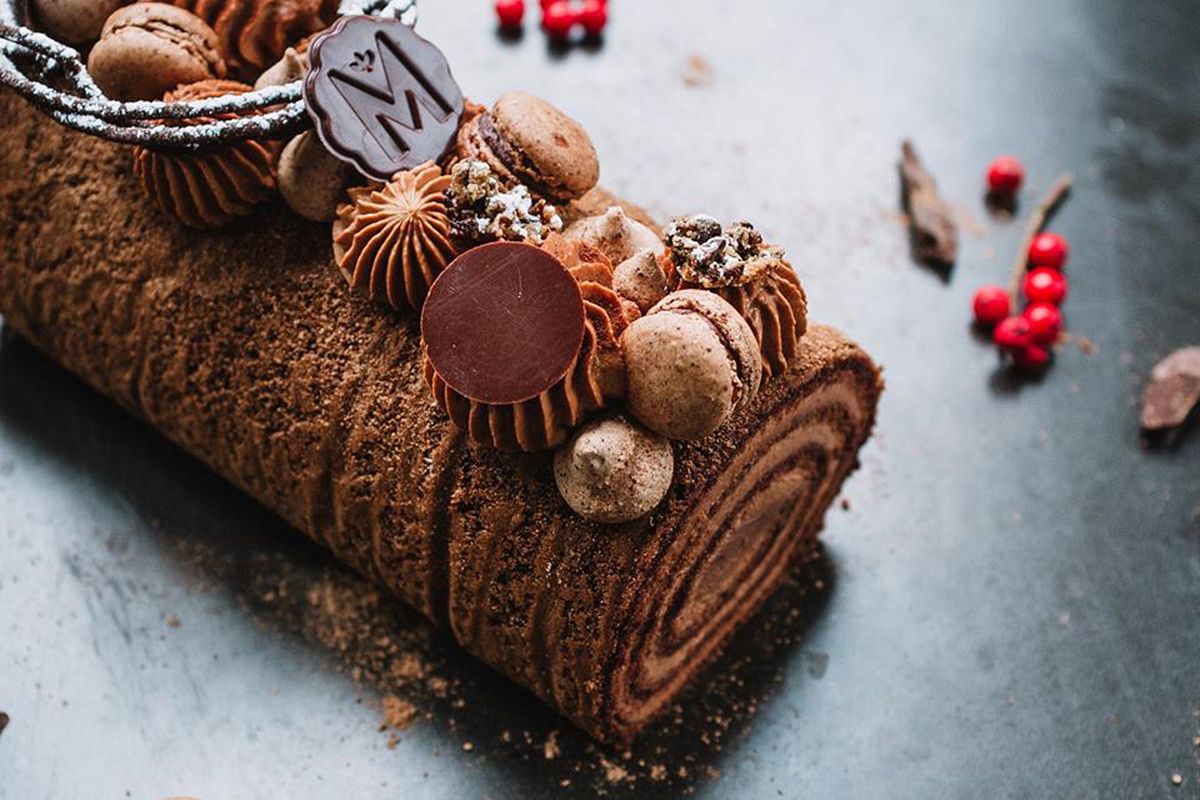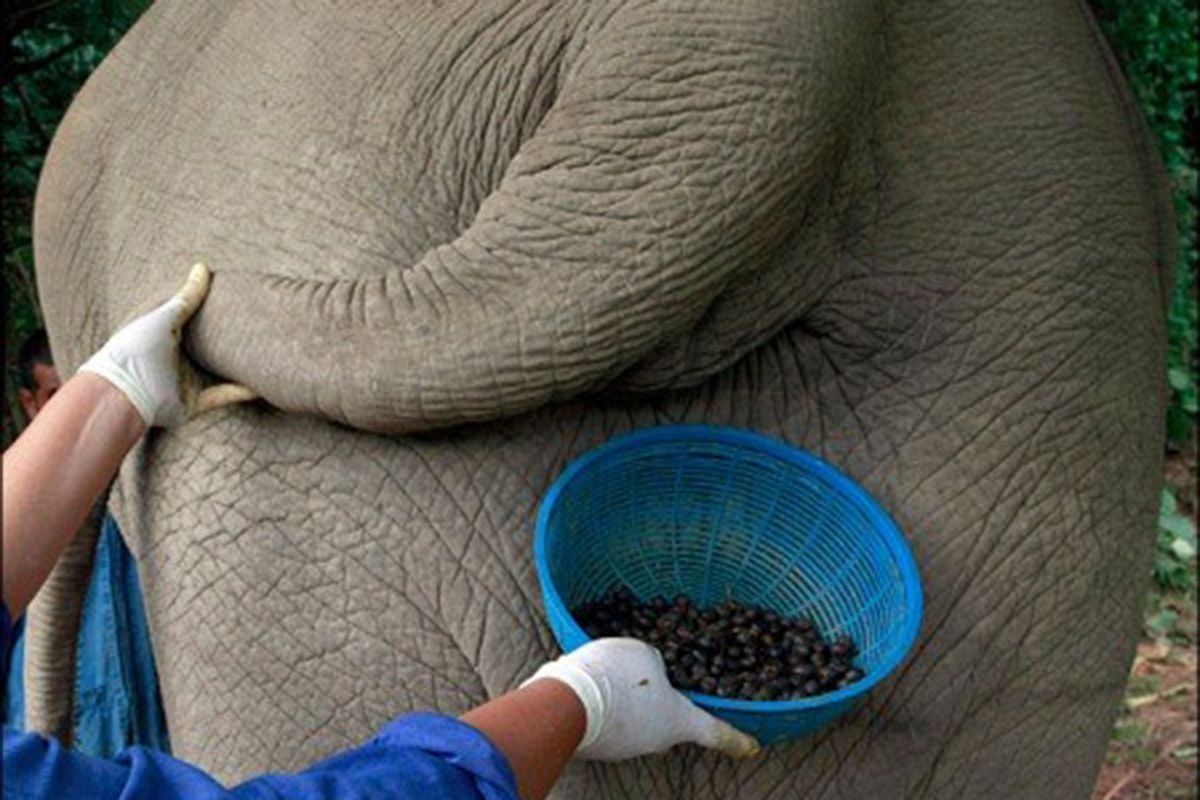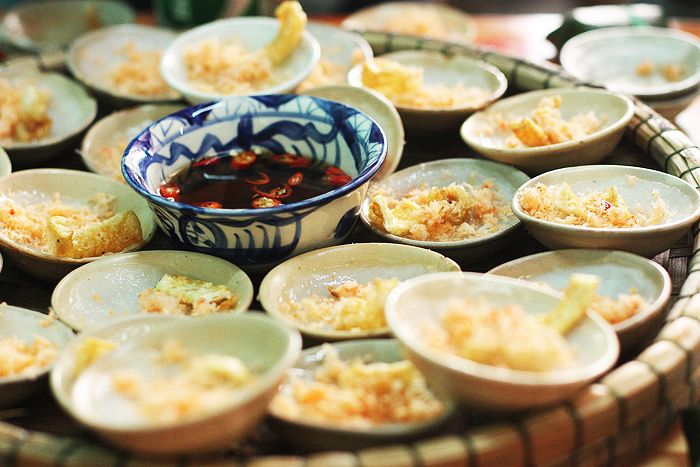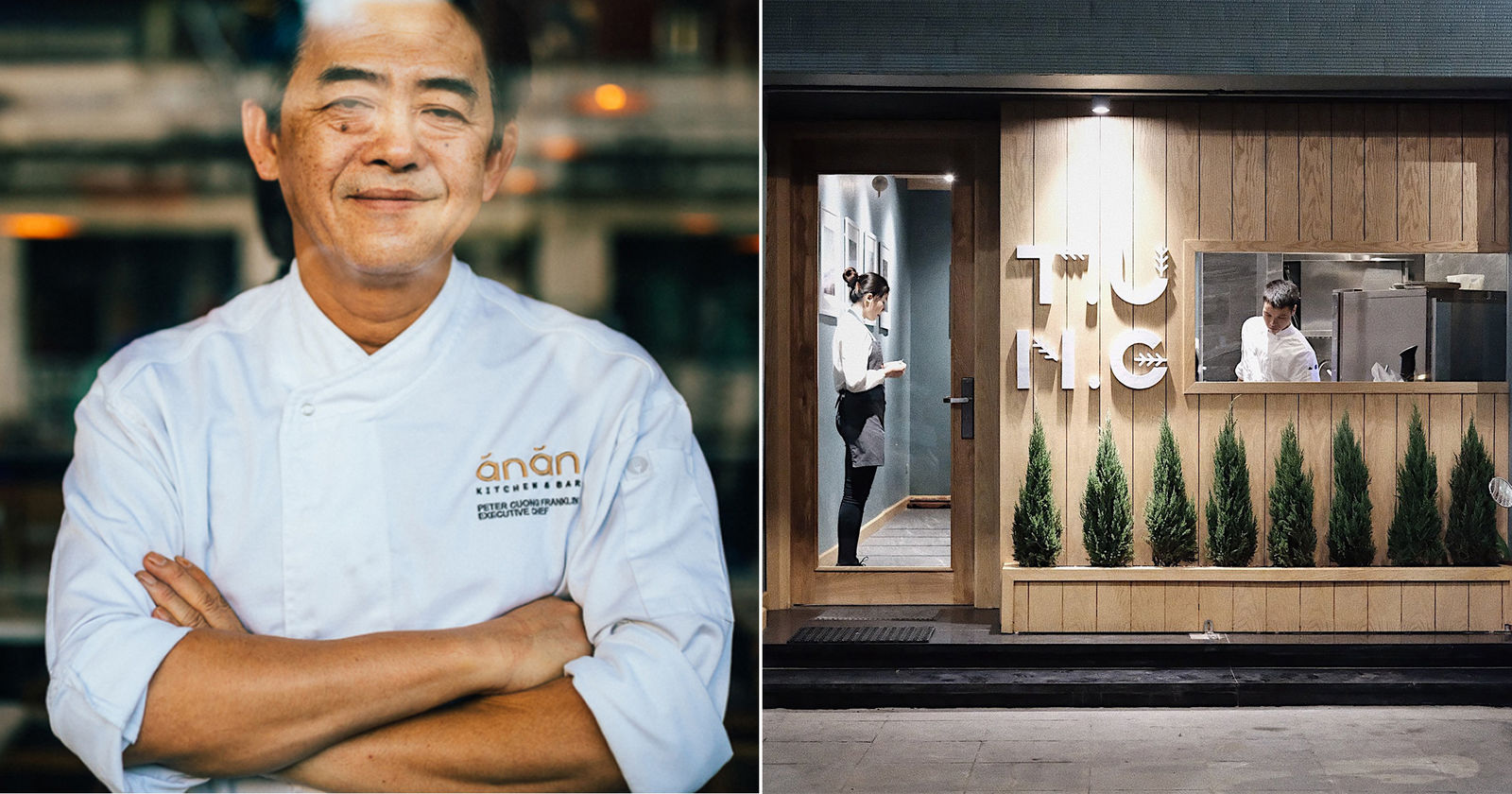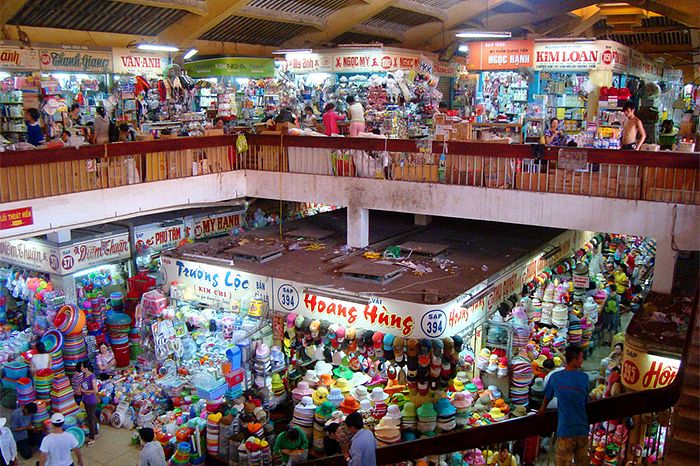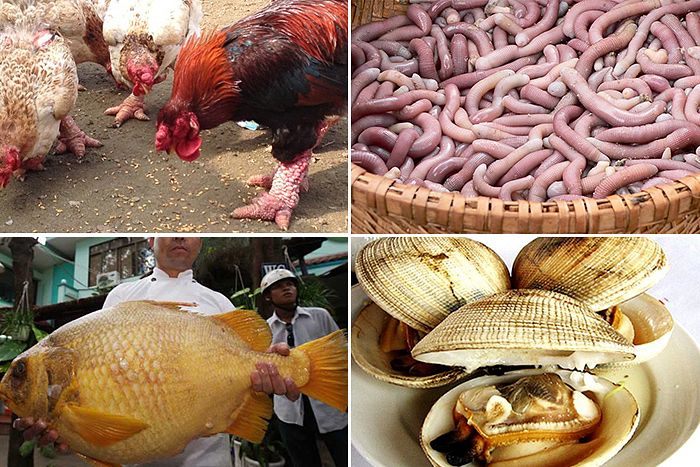With Christmas around the corner, Saigon’s demand for Yule log cakes, a holdover from the days of French colonialism, has returned.
When the French tradition of bûche de Noël – literally, “Yule log” – first arrived in the country during the late 19th century, the thick, spongy, rolled cake became a status symbol among Vietnamese revelers who could afford to spend money at European bakeries, reports Quartz.
Known locally as bánh khúc cây Giáng Sinh, the cake grew into something of a luxury item given the cost of its ingredients, not to mention the oven required to bake it. Speaking with culinary historian Erica J. Peters, Quartz points to a series of old newspaper advertisements from French Indochina which make mention of the French cake. In one 1910 ad, Saigon publication Luc Tinh Tan Van touts “delicacies made in the Parisian manner” from a local bakery. Over the following decade, bánh khúc cây Giáng Sinh's popularity grew: imports of chocolate, a key ingredient in the cake, rose by 189%, from 75 tons to 142 tons in 1923.
Later in the 20th century, as the Vietnamese diaspora grew, the cake became a cherished symbol of Christmas tradition in a foreign land. Shortly after landing in the United States in 1975, cookbook author Andrea Nguyen recalls her family gifting miniature bánh khúc cây Giáng Sinh to their new American neighbors, according to Quartz.
Today, the European cake has morphed beyond the traditional into several contemporary Asian versions, including mango, matcha and coconut flavors, and its popularity lives on. In 2010, Kinh Do Bakery alone made 140,000 bûche de Noël in 50 different flavors, reports Tuoi Tre.
[Photo via Marou]

